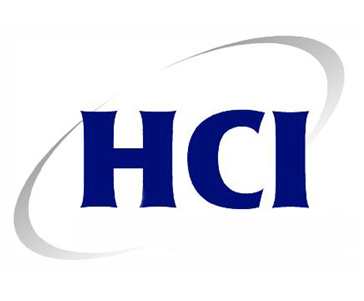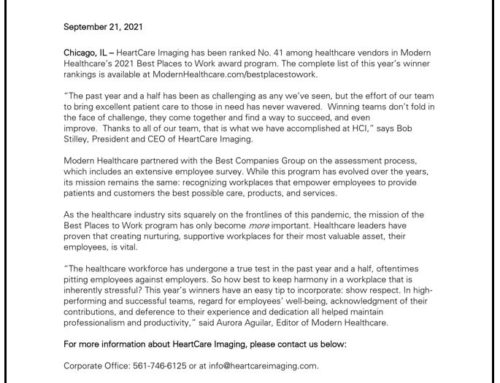Tackling the Rural Access Crisis
The demand for cardiologists is continuing to outpace supply. According to the Health Resources & Service Administration, rural America is home to more than half of the health professional shortage.
An article by Roxanna Guilford-Blake in Cardiovascular Business expresses the clinician shortages and the rural community need for more care.
People in rural areas tend to be poorer, older and sicker than their urban counterparts. They also are more likely to smoke and be overweight or obese. They have higher rates of hypertension and opioid misuse, and lower rates of exercise and health coverage.
It’s a gloomy picture, one that can’t be blamed on geography alone. “These upstream factors are also contributing to the disparity in cardiovascular outcomes between rural and urban areas,” says Mark Holmes, PhD, director of the Cecil G. Sheps Center for Health Services Research at the University of North Carolina in Chapel Hill.
When discussing telemedicine in these rural areas, a few strategies have been put on the table by John Gregory at Centers for Medicare & Medicaid Services (CMS) :
- Apply a rural lens to CMS programs and policies.
- Improve access to care through provider and support
- Advance telehealth and telemedicine
- Empower patients in rural communiteis to make decisions about their health care.
- Leverage partnerships to achieve goals.
HCI’s rural health mission is to offer important diagnostic imaging testing, widely found in urban area, to all communities across the nation. In our research, we have found patients that have to travel more then 30 miles forgo care because of transportation and time restraints. This can lead to increased symptoms which in turn can lead to worse outcomes. We believe telemedicine would greatly increase the overall health of locals by offering state of the art care right in their back yard.
Please Click Here for the full article.. We highly recommend reading this excellent thought out post!






Leave A Comment